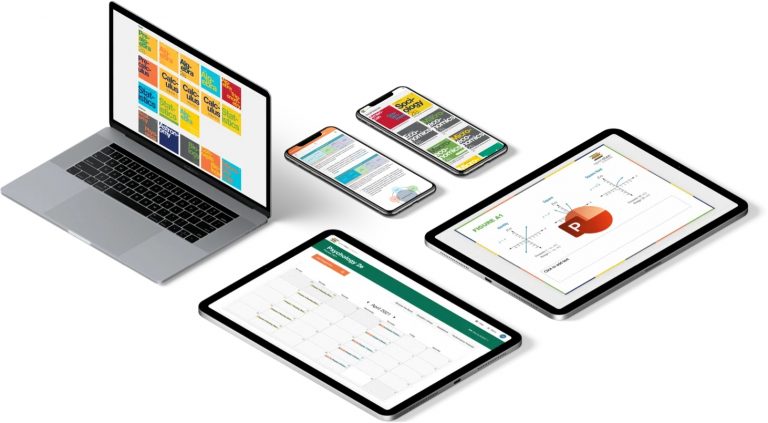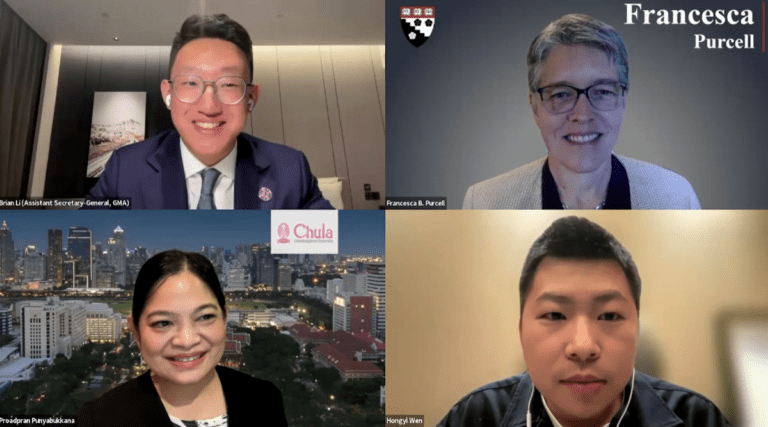2020 was an extraordinary year. We have witnessed and participated in the pivotal transformation and revolutionary impact of online technology on higher education. More importantly, we have a deeper appreciation of the significance and value of education to human beings, which not only inherits the quintessential nature of human civilization but also carries our hope for the future.
A learning revolution is around us, and the transformation has already begun. While we continue to jointly face challenges and create new journeys, we have a wonderful opportunity to pause and reflect on what kind of universities we are striving to build. GFUP Session Three aims to explore and rethink the future and new mission of online education, harness the awesome potential of online education, and enable the light of truth, wisdom and morality to guide our collective path.
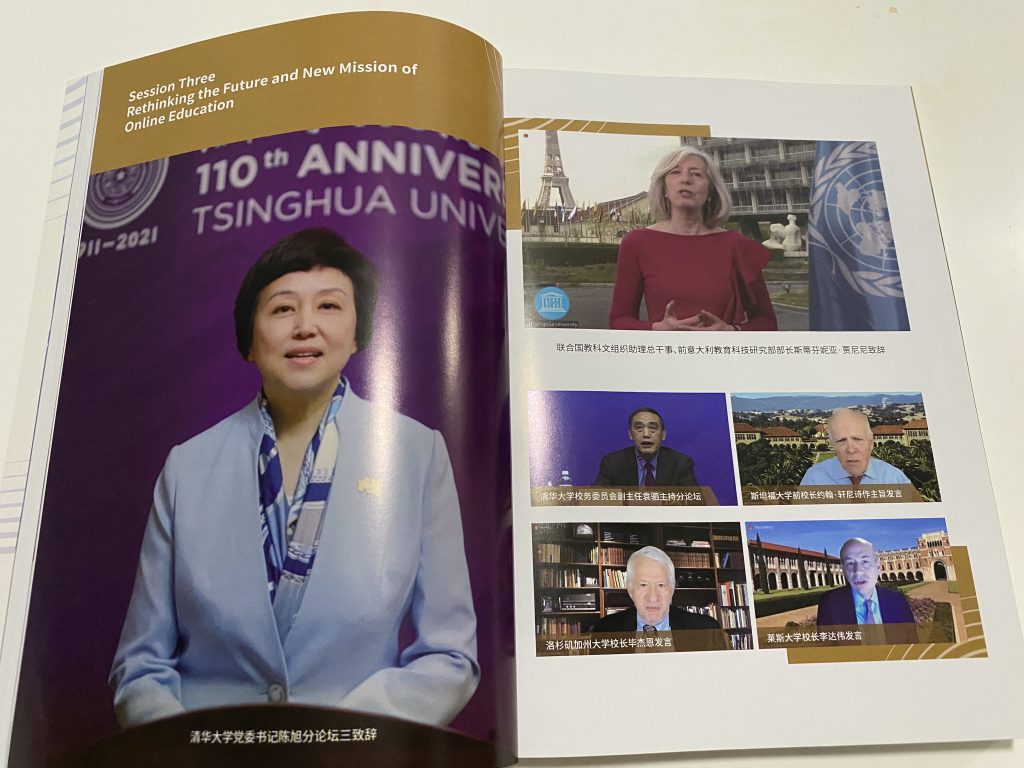
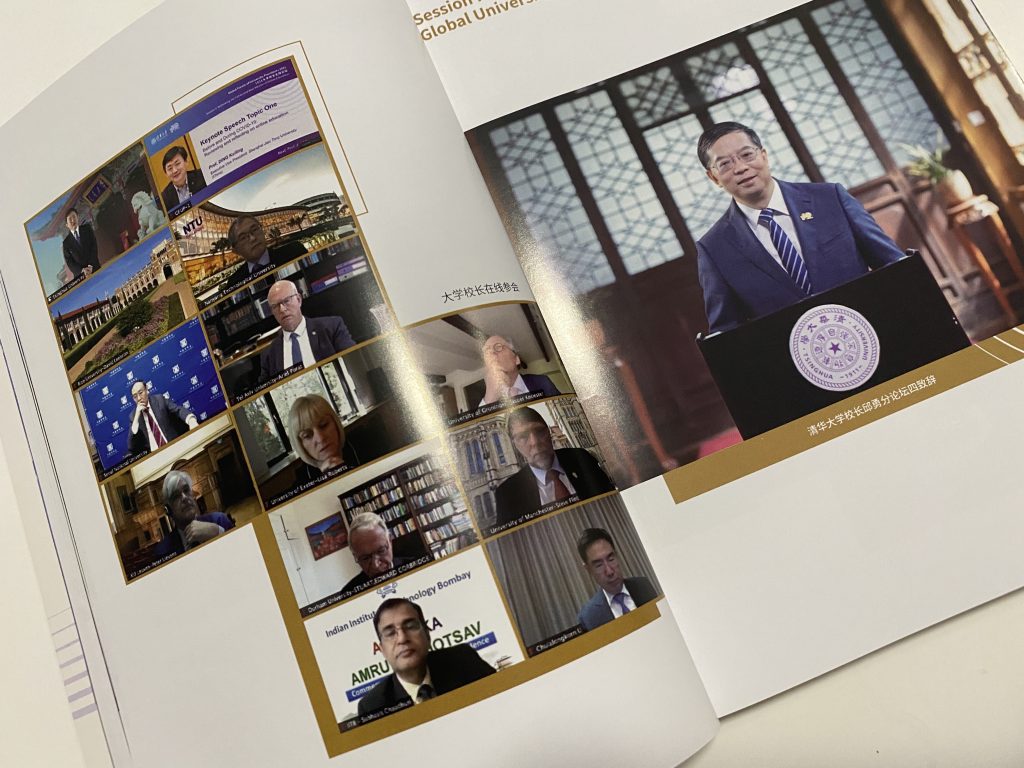
Welcome Remark
CHEN Xu, Tsinghua University
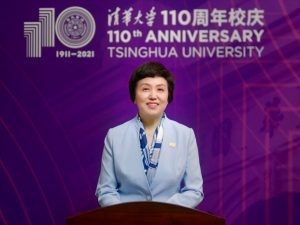
Chairperson of Tsinghua University Council
President, friends, colleagues, welcome to the Global Forum of University Presidents. This session is titled “Rethinking the Future and New Mission of Online Education”. The shared experiences, insights and solutions that will be convened in this session are essential to understanding the forum’s central theme: Innovate for the Future: The Vision and the New Mission of Universities. Thank you for being a part of this rich discussion.
Over the last sixteen months, the world has faced an incredible challenge as Covid-19 threatens the lives of people and disrupts the notion of traditional campus space in universities across the world.
Fortunately, through the interpretation of online technologies and the post-secondary pedagogy, teachers, students, faculty and staff have been able to promptly mobilize online resources. Global efforts have been made to continue our core mission by addressing these challenges and embracing innovation. The profound changes, instabilities and uncertainties we are facing in the world today remind us that we are all together with a shared future. Only by building closer and stronger partnerships can we turn challenges into opportunities, promote confidence, trust and unity among people and collectively call for
humanity to rise to its highest potential.
At Tsinghua, we have been proactively using online education as a tool to drive teaching reform, promote learning innovation and enhance the education experience. Through these actions, we are determined to ensure that online education serves the needs of society through increasing access and lifelong learning opportunities. Last December, Tsinghua co-launched the Global MOOC Alliance. This community of universities and online education platforms is promoting the online transformation of higher education and achieving more inclusive and high quality education.
As the learning revolution continues to accelerate, we will face many new challenges and take many new journeys. Therefore, it is necessary to comprehensively summarize our past achievements and experience, consolidate thoughtful ideas and leverage wonderful opportunities such as this dialogue to inspire and rethink the future and the new mission of online education.
Finally, I would like to take this opportunity to thank all of Tsinghua’s partners and friends at home and aboard for your ongoing support for Tsinghua’s development over the years.
I look forward to the fruitful outcomes of today’s discussion and that our continued collaboration endures. Thank you very much!
Opening Remarks
Stefania Giannini, UNESCO
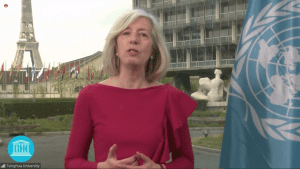
UNESCO Assistant Director-General for Education
On this very special occasion, please allow me to convey my heartfelt congratulations to the entire Tsinghua community for the extraordinary journey you have covered since 1911. This is a journey of excellence. This is a journey of innovation and contribution to the betterment of society.
I wish to commend all your faculty, staff, students, partners for their talent and their dedication. And I’m very proud that Tsinghua University contributes to the advancement of UNESCO’s mandate in critical key areas. You house the International Center for Engineering Education and host two UNESCO chairs. One in Continuing Engineering Education, and the other in Heritage Conservation Planning and Sustainable Social Development. And this is just one instance of your international outlook and commitment to global research and dialogue in higher education.
The global forum gathering us today, somehow exemplifies this issue. It’s my honor to join presidents from across the world to reflect on the vision and missions of universities towards their achievement of Sustainable Development Goals.
Well, humanity faces a global crisis that is testing our solidarity. It can only be overcome with global cooperation to chart a more sustainable development model, bridging divides and building resilience for future shocks. The SDGs are a universal road map for people, prosperity, planet and peace. They are more relevant than ever today, we know, as the world navigates a health crisis that has widened inequalities but also demonstrated the essential need for global public goods.
First and foremost, education. These global goals and the recovery from the crisis definitely require new knowledge, new open sciences and new kinds of partnerships. They require ever stronger connections between research policy and society. Universities shine a beam on the way forward. We have seen, in these recent 14 months, the speed with which they have mobilized around the research on vaccines or in producing vital evidence to inform policy. One year ago, Tsinghua University and UNESCO convened a special dialogue dedicated to online education in the Covid-19 response and beyond. Despite the range of measures put in place, university students around the world remain deeply affected by this disruption to their education. UNESCO estimates that 7 million people are now at risk of not pursuing their university studies only because of the pandemic’s economic impact. The most disadvantaged, those for whom university education represents a lifetime opportunity to fulfill their aspirations are hardest hit.
Lack of connectivity and devices, social isolation, mobility restrictions and reduced career prospects are jeopardizing the future of young generations. As an international community, we must speed up efforts to build a connected higher education by mobilizing partners, adopting teaching to online environments and ensuring universal access to digital learning. I also see universities playing a pivotal role in ecosystems, the new ecosystems we have to build now to advance digital learning as a skill globally. This has become an economic and societal imperative, we know.
As the only agency with a mandate in higher education, UNESCO is dedicated to promoting intellectual collaboration as well as facilitating academic mobility to advance the SDGs. Today’s forum is a timely opportunity for high education leaders to connect around the common vision for research, teaching and how to reach and to generate a sustainable future and a better society for all. Your contribution will inform the World High Education Conference. It will bring together all stakeholders to define a roadmap to 2030 and beyond for an inclusive and societal responsible higher education that contributes to the global common good.
l am looking forward to co-creating with you this exciting vision and once again, wish Tsinghua University a very happy anniversary! Thank you very much.
John Hennessy, Stanford University & Alphbet Inc. (Google)
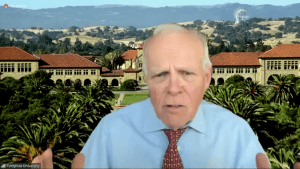
President (2000 -2016), Stanford University; Chairman of Alphabet’s Board of Directors; Recipient of the 2017 Turing Award
Like other crises, the pandemic has accelerated the use of certain technologies and approaches and particularly with respect to education and how we think about online education. Of course, online education has a long history. When I arrived at Stanford more than 40 years ago, we were already doing online education. Of course, it was synchronous and using old technology but the concepts were there. And of course, it’s developed over time as we have gone along. The pandemic has accelerated that development and really forced us to say, how can we use online in a more aggressive fashion. This is a constant learning process. You know, we did the first MOOCs. I still remember their launch and I remember seeing initially, thousands and thousands of students signing up but then only a small fraction of them actually completing the course.
I think one of the things we learned is that one size does not fit all students. It’s very hard to design a course for thousands of students. And if you look at what we do at the university in a normal setting, we personalize that course. We make it more specific. We put requirements in, so we know that the students have certain capabilities coming into the course. What we need to do is to understand how we do this online and how we reach larger numbers of students and provide education that is both high quality and affordable.
We have to do both. We have to get high quality and we have to get affordability. I don’t think in-person classes are going away. All you have to do is talk to the students who have been locked out of their campuses to realize they want to get together and they want to have that informal interaction, but I think we’re going to see the pandemic accelerate the use of online technologies, particularly for larger classes which are not nearly as interactive as smaller classes.
But figuring out how to do personalization in a more automated fashion will be key to advancing that technology. Of course, there are areas where online has completely taken over. Lifelong education is certainly one of them, particularly for professionals in the workforce, as well as for general education and edification.
That game, set, match, that’s done. We had the Coursera IPO; I think we have seen how to do a form of online professional education that given the work demands people face. It is really here to stay. Figuring out how to do online education will involve leadership by our university presidents. It will involve the willingness to take risks, to be bold. I still remember when Andrew Ng came to me and came forward with the idea to offer the machine learning courses, one of our most popular courses at Stanford,
online.
And some of my colleagues were afraid. They were like, oh, this could destroy Stanford because if they could take a free online course, why would they come and pay the Stanford tuition and be a Stanford student. Of course, it didn’t destroy Stanford and it in fact raised the visibility of the university and brought new technologies to bear. And I think we have to think of online in the same way. How do we as university leaders provide the opportunity for more students to get high quality education? And if we pursue that as the goal, make it affordable, make it accessible, and make it high quality, then I think we will change the world with online education. Thank you for your attention and I wish you a great meeting!
WANG Shuaiguo, XuetangX

President of XuetangX
Eight years ago, almost the same time in the Spring, Tsinghua University held a forum on online education and formally added online education to the university’s future strategy. XuetangX was initiated by Tsinghua University in this context and one year ago, also the springtime, the whole world was affected by the pandemic, pushing online education to the center of the stage. In the past year, this not only tested the effectiveness of our research and product, but also at the same time, we gained deeper knowledge through such a large scale of online teaching and learning. Many of you outside of China may wonder, what does XuetangX, or rather “Xuetang” mean in Chinese? It refers to “the school’ in ancient China. “Xue” and “Tang” are two Chinese characters respectively. “Xue” means learning, and “Tang” means space or room. So today, we are here because we are celebrating Tsinghua University’s 110th anniversary and in fact, 110 years ago, the original name of Tsinghua University was Tsinghua Xuetang. Therefore, we named our online education platform XuetangX in the hope that we could make full use of the internet and information technology to enable more people to learn better in more places, more rooms, or rather more scenarios which are also what Tsinghua University has been pursuing for 110 years.
The first thing we did was MOOC. From the perspective of “Xue”, learning, and ‘Tang”, room, we can see MOOC is to build a virtual room on the internet allowing tens of thousands of people to learn together. Evervone’s learning data is stored and analyzed to help educators and learners to understand the progress of teaching and learning accordingly. In this scenario, MOOC does solve many problems, such as sharing high quality educational content and also the achievements of educational equity. We cannot help but think about whether MOOC is enough or not. Could we make the concepts and technology of online education available not only in the virtual classroom but also in each physical classroom where teaching takes place every day?
With this in mind, we released a platform called Rain Classroom in 2016. Using Rain Classroom, educators can easily share video clips, assign exercises and collect data and feedback in the classroom. Just as they did in the MOOC platform. Up until now, more than 50 million teachers and students worldwide have used Rain Classrooms. More than 6 million users are active every day. You can see, just one change of scenario, one change of “Tang” can raise so many questions, so many new discoveries and so much new research. We cannot help but think again that since Rain Classroom makes digital technology integrate with every physical classroom and then every teaching activity and area of learning behavior that occurs in Rain Classroom, whether it is audio or video, whether it is discussion or interaction between teachers and students. the slides or the writing of the lecture, the discussion, or the quizzes assigned, all of these are digitalized and they become numbers that are made up of zeroes and ones. Since they are numbers, they can easily be shared and copied.
So in this way, we can clone everything in this classroom from the original one and recreate a virtual classroom on the cloud. This is the “clone class” technology we launched in 2019. This technology can make the learning of a normal classroom become a MO0C in real time, allowing millions of students to enter the room and learn without disturbing the original classroom.
The students in the clone class are not just watching and learning. They can also interact with teachers and students in real-time. During the Covid pandemic, many teachers created clone classes for their own classes and shared them with students in Shenzhen, Wuhan, and other universities in China. This kind of scenario, which does not look like a MOOC anymore, is actually a massive, open, online course.
The pandemic has forced each of us into different learning scenarios every day. Some are virtual, some are face to face and in some scenarios, we cannot tell if it’s virtual or face to face, maybe it’s a hybrid.
In some scenarios, we are students. In some scenarios, we are teachers. Sometimes we cannot tell the role difference between a teacher and a student. The theme of today’s forum is Rethinking the Future and New Mission of Online Education. For XuetangX, our mission is to carefully study each scenario and apply the technology behind online education to different scenarios innovatively. Perhaps, this one day, we can find the linkage between scenarios is becoming more and more frequent and the boundary between scenarios is becoming more and more blurred. So perhaps this one day will be the future of online education.
Kumsal Bayazit, Elsevier
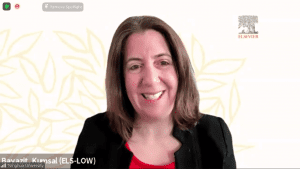
CEO of Elsevier; Chair of RELX Technology
I’m the CEO of Elsevier. Most of you know Elsevier as one of the largest publishers of quality scientific research with titles such as The Lancet and Cell, amongst the portfolio of nearly 2,700 journals.
We also published many leading books including those by Dr. Hennessy from whom we just had the pleasure of hearing. We have a proud tradition of serving academic communities for nearly 200 years. In the last 200 years, thanks to the tireless work of academics around the globe, society has seen tremendous progress. Life expectancy globally has almost tripled. The global population living in extreme poverty has decreased from 85 percent to 9 percent and literacy amongst adults has increased from 10 percent to 86 percent.
Now, there’s a new set of challenges that academic communities are addressing: global warming, food and water security, helping people live longer and healthier lives, lifelong learning, reducing social inequalities, while also driving economic growth. In that context, China is a world leader in research, education, and innovation, with the Chinese government’s strong focus on basic research and its significant investment in areas such as artificial intelligence and robotics. China today has the highest research output globally. We work in close partnership with the Chinese universities and at Elsevier, the work we publish by Chinese researchers has a field citation index of 1.79 which is significantly higher than the world’s average of one.
Over the last two years, we have significantly expanded our operations in China, including the addition of a new office in Shenzhen and a new technology hub in Shanghai to support the development of product innovation in China and globally.
With Tsinghua University, we jointly launched internationally influential academic journals with researchers serving as editors in chief with the aim of strengthening the university’s connections with global scientific societies. In 2018, we collaborated with Tsinghua to launch one of The Lancet Commission on Healthy Cities in China healthy cities, unlocking the power of Chinese cities for a healthy China.
As we work closely with universities, we have also seen the rapid emergence of online education, in the form of massive open online courses, or MOOCs which are originally attended for distance education, but are becoming mainstream for lifelong learning and career development skills.
Tsinghua University was ahead of its time by allowing XuetangX, in 2013, the first Chinese MOOC platform offering quality graduate programs from leading universities. In 2015, Elsevier and Tsinghua University co-created “How to Write a Great Scientific Article”, a course that is still available today, with nearly 300 thousand researchers enrolled today. The pandemic has accelerated the transition to digital learning, creating an opportunity to rethink the future of online education. I hear similar questions from university leaders around the globe. How do we improve learning outcomes for our students with online learning and set them up for success? How do we compete locally and globally in this new online world for best students, researchers and educators? How do universities extend their educational programs from teaching young adults to lifelong learning? What are the digital tools and processes and culture changes that we need to adopt? And how do we evaluate the effectiveness of our learning and research outcomes?
As we contemplate these challenges, I reflected on the digital transformation of our own business at Elsevier and our parent company RELX. The most important learning is to focus on the customer and put ourselves in our customer’s shoes. For universities, understanding the learning experience and outcomes for students is key. Second, content is king. The integrity and quality of information are of paramount importance. Third, technology investment is key. Primarily artificial intelligence technologies including machine learning, natural language processing and data science are required to deliver change.
And lastly, behavior change takes time for students and faculty to adopt new ways of accessing information, teaching, learning, and interacting through digital platforms. At Elsevier, our commitment is to work in partnership with the communities that we serve, support educators in driving excellence in learning outcomes, researchers, and in making breakthroughs and healthcare professionals in improving the lives of patients.
We believe that the combination of quality content and technology is a key driver of the collaborative, inclusive and transparent world of research where educators, students and researchers can share knowledge and build on each other’s work to advance education and science outcomes globally.
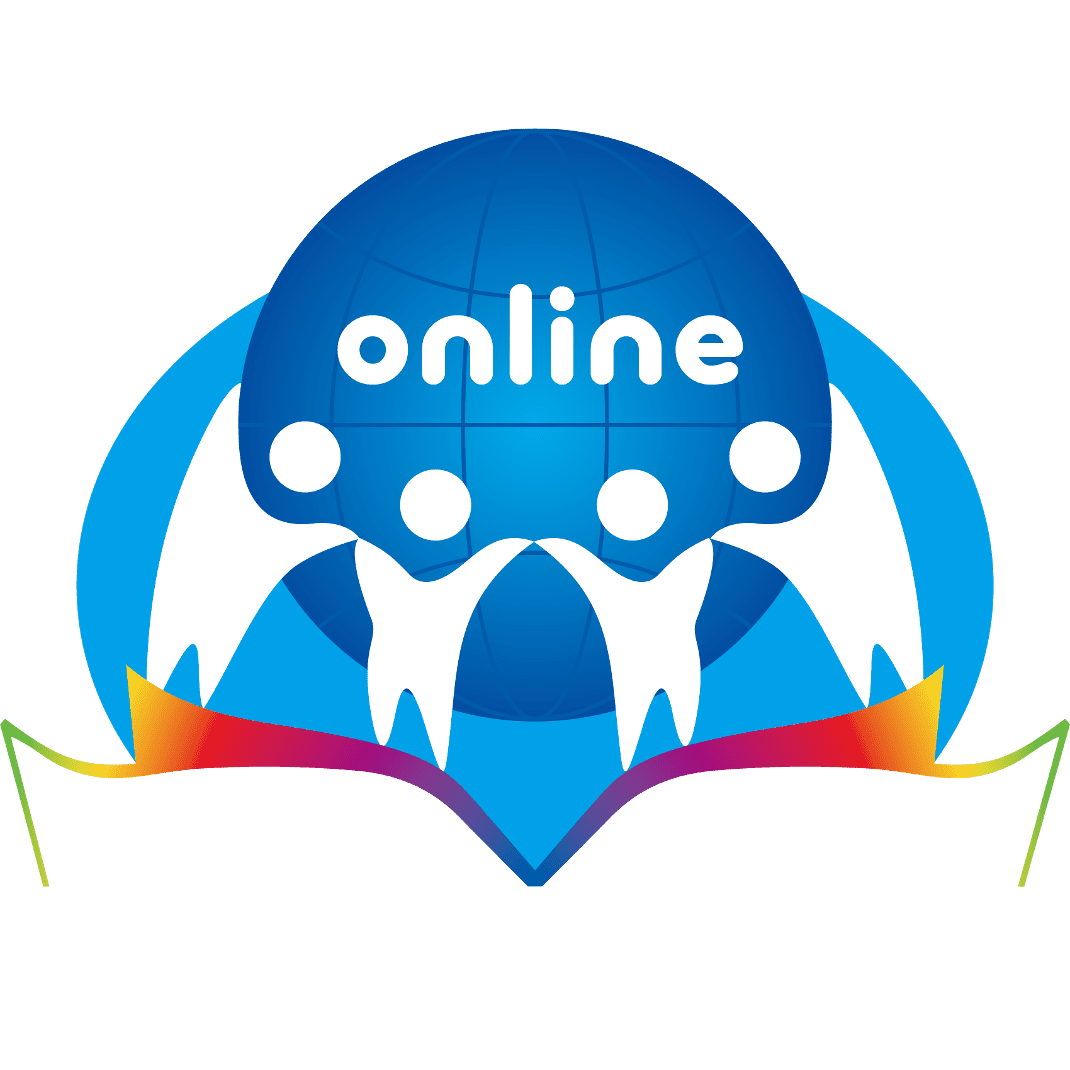


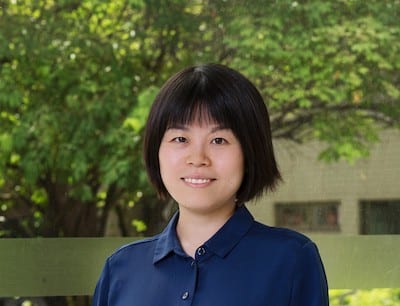
![[OED Host Reflect] WANG Qiyun: “AI as a teaching, peer, teachable, motivational agent”](https://n6m6d6c3.rocketcdn.me/wp-content/uploads/2023/05/Screenshot-2023-06-05-at-23.29.57-768x433.png)
